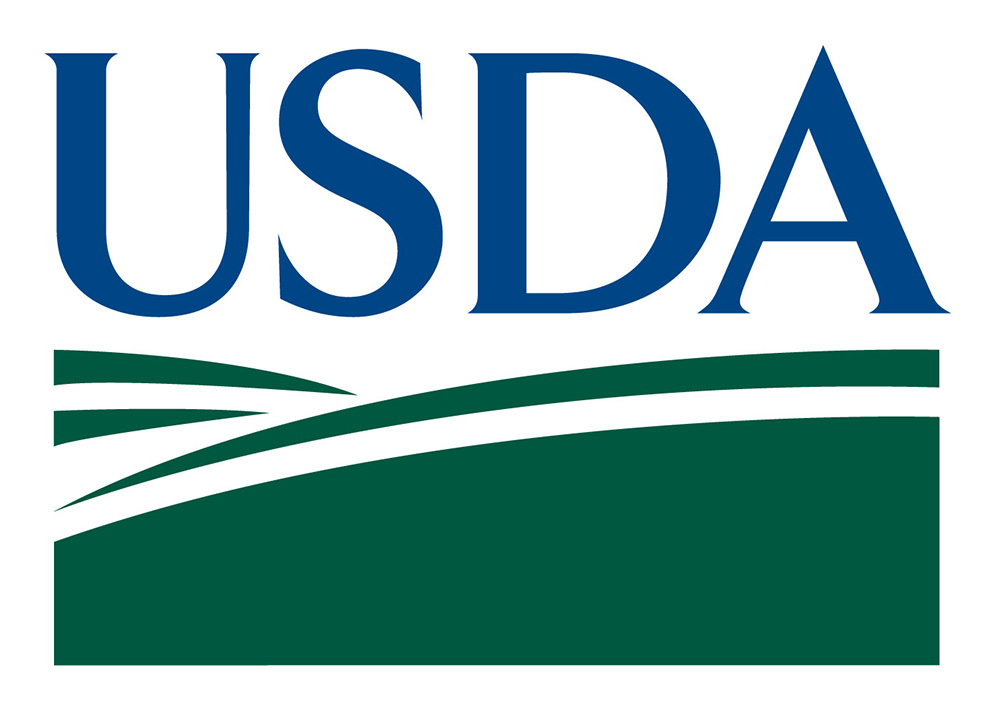HUD and USDA Adopt Minimum Energy Standards for Housing Programs

Last week, the U.S. Department of Housing and Urban Development (HUD) and the U.S. Department of Agriculture (USDA) issued a Notice of Final Determination that establishes minimum energy standards that newly-constructed housing units must meet to be eligible for insurance through various HUD and USDA programs.
The Energy and Independence and Security Act of 2007 (EISA) requires both HUD and USDA to adopt specific new minimum energy standards as long as the agencies determine that implementing such standards will not negatively affect the affordability and availability of certain HUD- and USDA-assisted housing. Specifically, EISA requires that the two agencies adopt the 2009 edition of the International Energy Conservation Code (IECC) for single-family homes and the 2007 edition of the American Society of Heating, Refrigerating, and Air-conditioning Engineers (ASHRAE) 90.1 for multifamily buildings. The notice makes it clear that the agencies believe that adopting these standards will not substantially reduce the availability of affordable housing through their programs.
The standards put into effect by the notice will apply specifically to newly constructed housing that is insured through the Federal Housing Administration’s (FHA) single-family and multifamily insurance programs, USDA’s Section 502 Guaranteed Home Loan program, and the HOME program. Manufactured housing loans are exempt from these requirements. The new standards will also not apply to units receiving support programs that have already adopted building codes that meet or exceed the ERISA standards, including the Public Housing Capital Fund, Section 811 Supportive Housing, and the Choice Neighborhoods initiative. Also exempt from the new standards is housing constructed through the Community Development Block Grant (CDBG) and Housing Choice Vouchers programs, which are not specifically mentioned in ERISA.
The new energy standards will take effect immediately for the HOME program. For FHA’s multifamily programs, the standards will apply to all properties that file a pre-application for FHA insurance four months after the Notice was published in the Federal Register (May 6). The new standards will apply to single-family homes that have their building permit issued at least seven months after the Notice was published.
While the Notice implements the policy nationwide, the agencies expect that its actual impact will be much smaller, because most states have already adopted these standards. Currently, all but 16 states have adopted the single-family IECC standards and all but 13 states have adopted the multifamily ASHRAE standards. Further, in some of the states that have not adopted the standards, a substantial number of municipalities have. A list of states potentially impacted by the new standards can be found in a fact sheet HUD and USDA put together on the new standards.
Based on their 2011 production data, HUD and USDA estimate that the new standards will affect 3,200 multifamily units and 15,000 single family units per year. The agencies also expect the new standards to be cost-effective, projecting that annual energy savings generated by the new standards will cover the up-front costs in just over five years.

